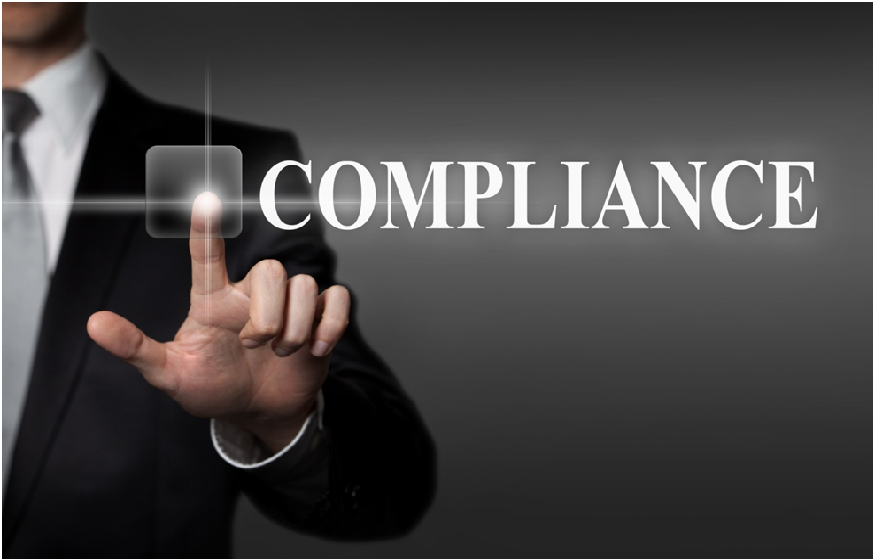Compliance and Risk Management: 4 Things to Keep In Mind
Did you know that businesses as small as only 50 people still have compliance laws they need to follow? Compliance and risk management guidelines are vital to the safety and rights of workers, employees, and leaders alike.
If you’ve been looking into the risk management process, we’re here to help. Here are four of the most important things to understand about compliance and risk management.
1. What is Compliance?
Compliance is a term used in relation to conforming to a rule or guideline. In a business, this typically means staying compliant with rules and regulations related to your field.
Many compliance laws will focus on safety and rights for employees. Compliance laws might include healthcare, benefits, breaks, and other such safety measures. Compliance can also focus on workflow and efficiency.
2. What is Risk Management?
Risk management focuses on guidelines that identify and respond to threats to a company. The risk management process will sometimes include accepting or avoiding risks that may be detrimental to the company’s objective. Putting in risk management information systems—or RMIS—can help to analyze and approach most risks.
Risk management is crucial to deal with problematic risks or risks that must be undertaken in order to succeed. Preferably, most work towards avoiding risks to keep a business healthy and flourishing. When a risk must be taken, risk management works to find the best outcome possible.
3. Differences Between Compliance and Risk Management
On the surface, compliance and risk management sound extremely similar. The primary difference is when they would be put into place in most companies.
For example, compliance is usually seen to be a “prescriptive” strategy. Compliance is set into work before operations begin, helping to ensure that an entire process remains compliant. Compliance protocols will also frequently change to adjust to new threats and laws.
Risk management, however, is predictive and preventive. That is to say, risk management will usually work by predicting what may occur and attempting to stop the worst from happening.
Both are vital to a healthy, safe, flourishing business. You can expect to include both in any given workplace plan.
4. Consequences of No Compliance or Risk Management
Failing to utilize proper no compliance can lead to many issues for a company. Many compliance laws carry fines and other punishments for not following them. Internal compliance can also ensure efficient, safe workflow, and failing to follow them can damage productivity or worse.
Risk management needs a place in your company to meet challenges and risks. Without a risk management process in place, you can be caught off guard and face severe consequences. Ensure that you’re keeping compliance and risk management at the forefront of your company.
Compliance and Risk Management
Compliance and risk management are crucial to the efficient running of any business. It’s important to follow internal and external compliance guidelines alike for your business’s benefit. With proper risk management, you can foresee and deal with any threat to your business.
For more information on compliance and the risk management process, feel free to browse our extensive website.







